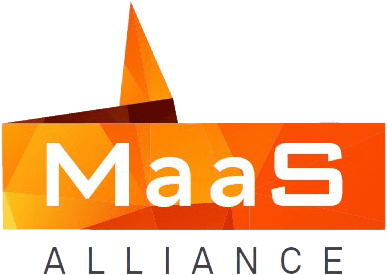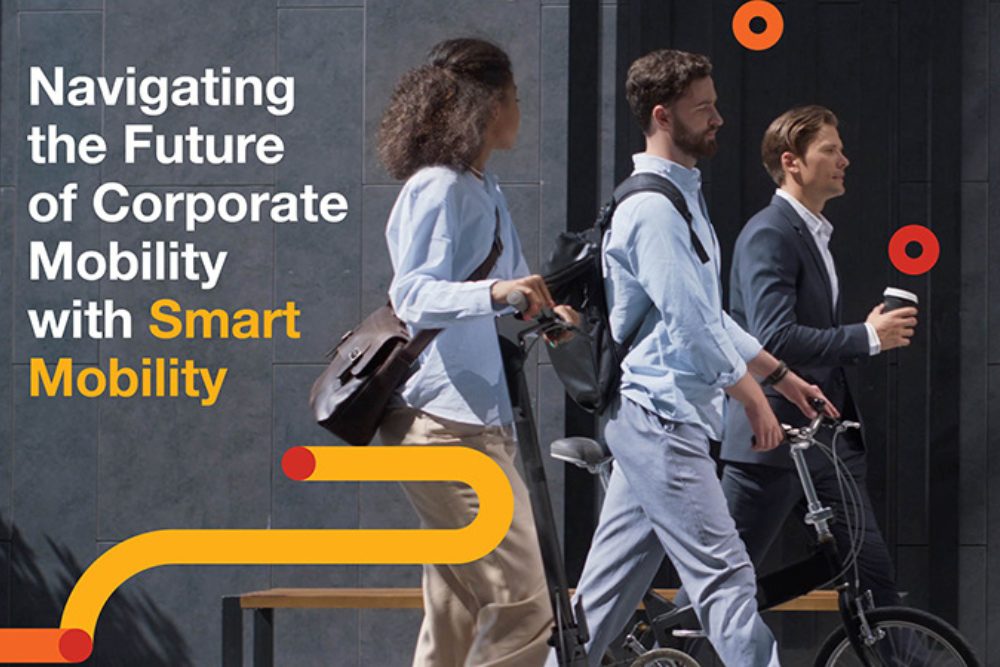
What are the main needs of customers when it comes to driving simulators? Alstom has developed virtual reality (VR) technologies mainly to allow drivers and crew to be trained on how to drive a new rolling stock product, either on an existing, modified or entirely new transport system. One of the challenges for customers and operators is how to train a large number of people in a short period of time, especially when the product may not yet be available. A driving simulator enables this, in a safe way. A simulator also allows us to demonstrate the safety of any product or rail system.
There’s the technical side, training drivers and other crew on the product, the system, but simulation can do much more than this. A driving simulator allows training on other aspects of the job, such as how a driver reacts and communicates to passengers and the control room when there’s a problem, such as a door not working or a passenger incident. This is also part of the driver’s job.
Customers also want to use driving simulators to train for different conditions of driving. For example, in countries such as Canada where they have nice summers, but very harsh winters, drivers use simulation to practice unfamiliar conditions. Most customers request not only a reproduction of the rail line(s) their rolling stock run on, but also the real city and environment. We can provide a complete city reproduction, and if 3D building information modelling exists, we can produce a city and transport digital twin.
Read more here.
Source: Alstrom



